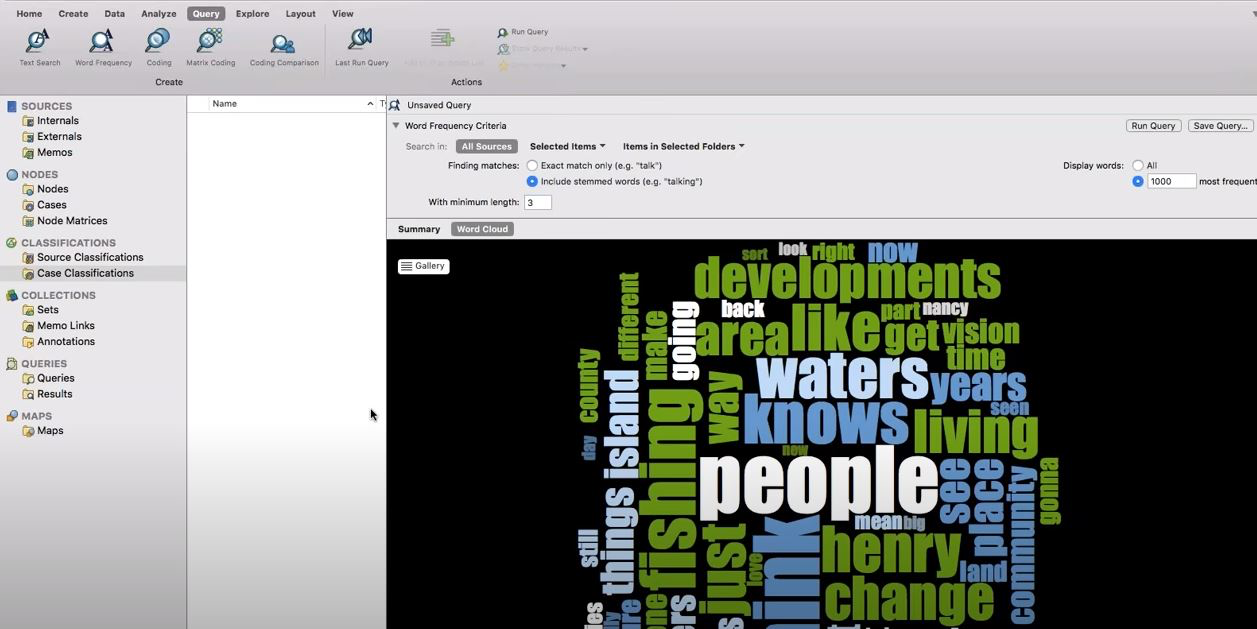
The Dialogue box would create a node file. The above-depicted dialogue box will appear after clicking on ‘Nodes’. References to the theme are gathered by ‘coding’ sources at the node.Ĭlick on ‘Nodes’ (Navigation) > click on Create (ribbon) > click on ‘Nodes ‘ These ‘Theme Nodes’ reflect the overall content of the transcripts. ‘Theme Node’ in such case is the one that segregates the entire data into observable and interpretable units like references about a specific theme, topic, concept, idea or experience.įor instance, from the interview transcripts of the sample case, certain theme nodes like ‘preference for teaching’, co-curricular activities’, ‘ability to teach well’ and others have been made. Record in nodes or units of observation while working with large data sets such as interview transcripts, literature review, journals, transcript responses, secondary literature, and journal details. Nodes in this case would help to represent information based on these themes provided by different interviewees at a single location. Through nodes, code sources to gather material about a particular theme or interest.įor example, in the present case research of High School Education Quality, an interview has been conducted covering different themes such as the preference of teachers, the performance of students, stress, curriculum quality and many more. Nodes represent themes, places, people or other areas of interest. Node structure is present in the List Viewof Nvivo.


The present article aims to bring forth the following elements: They are formed after completing the coding of all the transcripts, manually or automatically.

While the former organize codes in a hierarchical structure, the latter is free-standing, not having any associations with a structured framework of themes or concepts. However, they can be easily retrieved, organised, flexible, delete, alter or merge with another node at any given stage. They act like ‘sticky notes’ referring to particular themes or topic. Divya Dhuria and Priya Chetty on July 19, 2017Ī computer-assisted qualitative data analysis software (CAQDAS) like Nvivo enables researchers to process qualitative data systematically by breaking the responses into nodes.


 0 kommentar(er)
0 kommentar(er)
